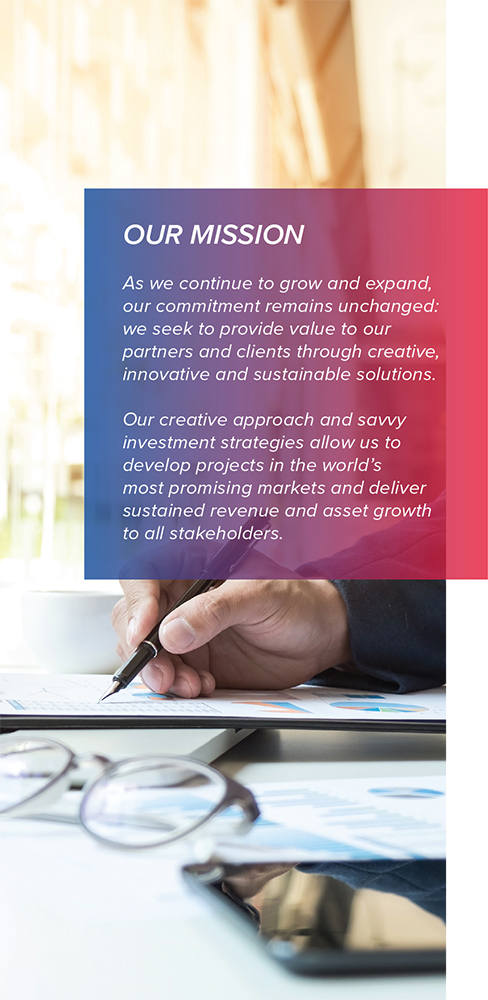DISCLAIMER
This website does not constitute an offer or solicitation of any kind to buy or sell any securities that may be referred to herein. This communication is for informational purposes only and is intended for institutions, investment professionals, consultants and subscribers. This website is not intended to provide specific individual advice including, without limitation, investment, financial, legal, accounting or tax. Please consult with your own professional advisor on your particular circumstances.
Important information about the Trinity Hotels Fund – I (“Trinity”) is contained in applicable offering documents, including without limitation, commissions, administration fees, management fees and expenses that may be associated with Trinity investments. Obtain a copy of such offering documents from Trinity directly and please read all documents carefully before investing. Returns on investments are not guaranteed, their values change frequently and past performance may not be repeated.
Information contained on this Web site is believed to be accurate and reliable, however, Trinity does not guarantee that it is accurate or complete or current at all times. The information provided is subject to change without notice and Trinity will not be held liable for inaccuracies in the information presented.







